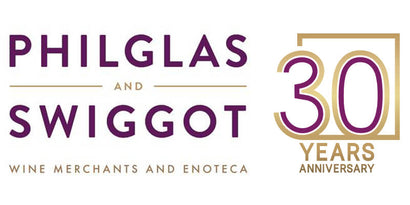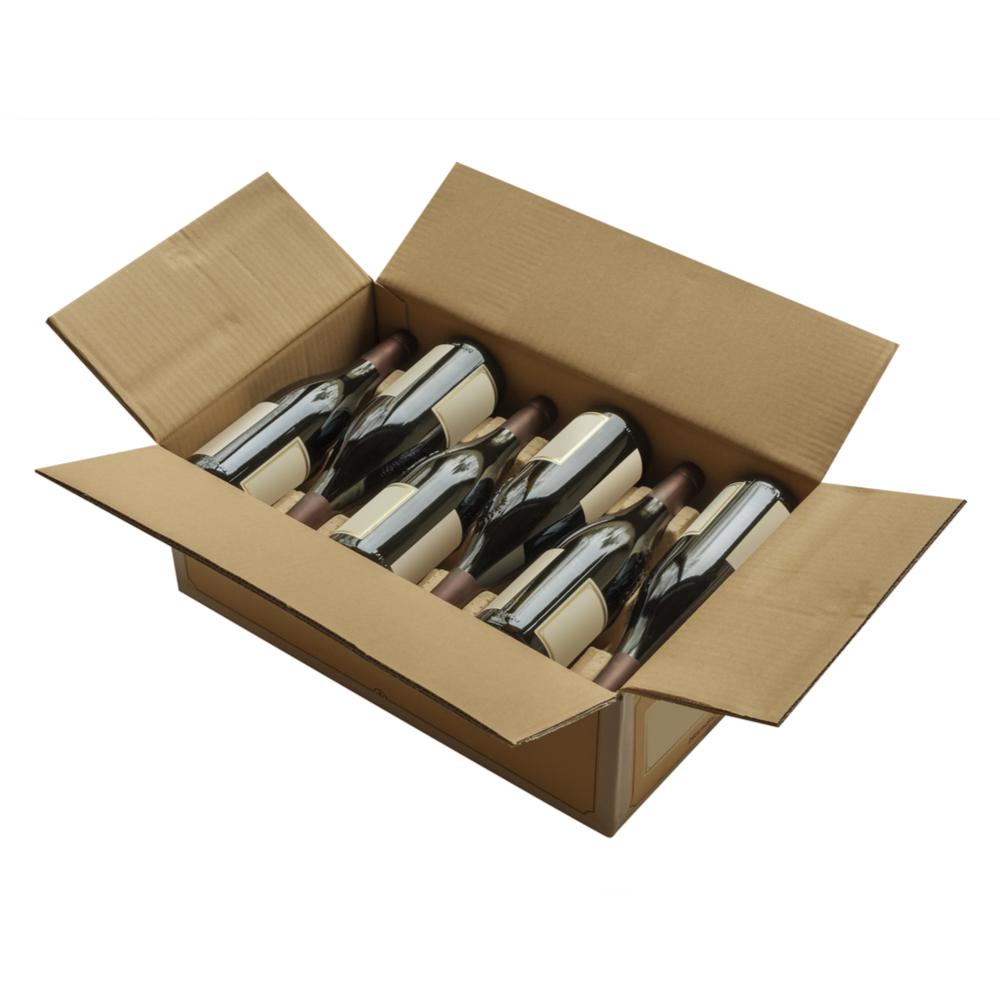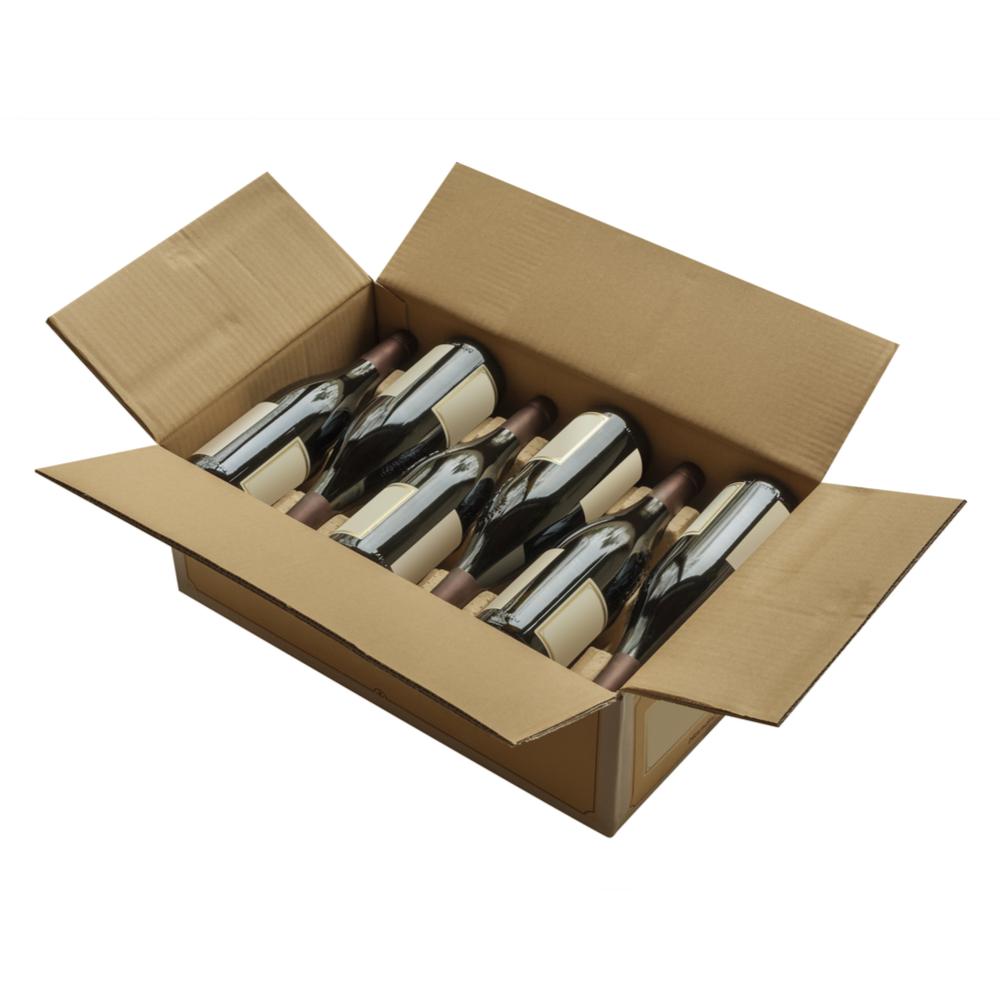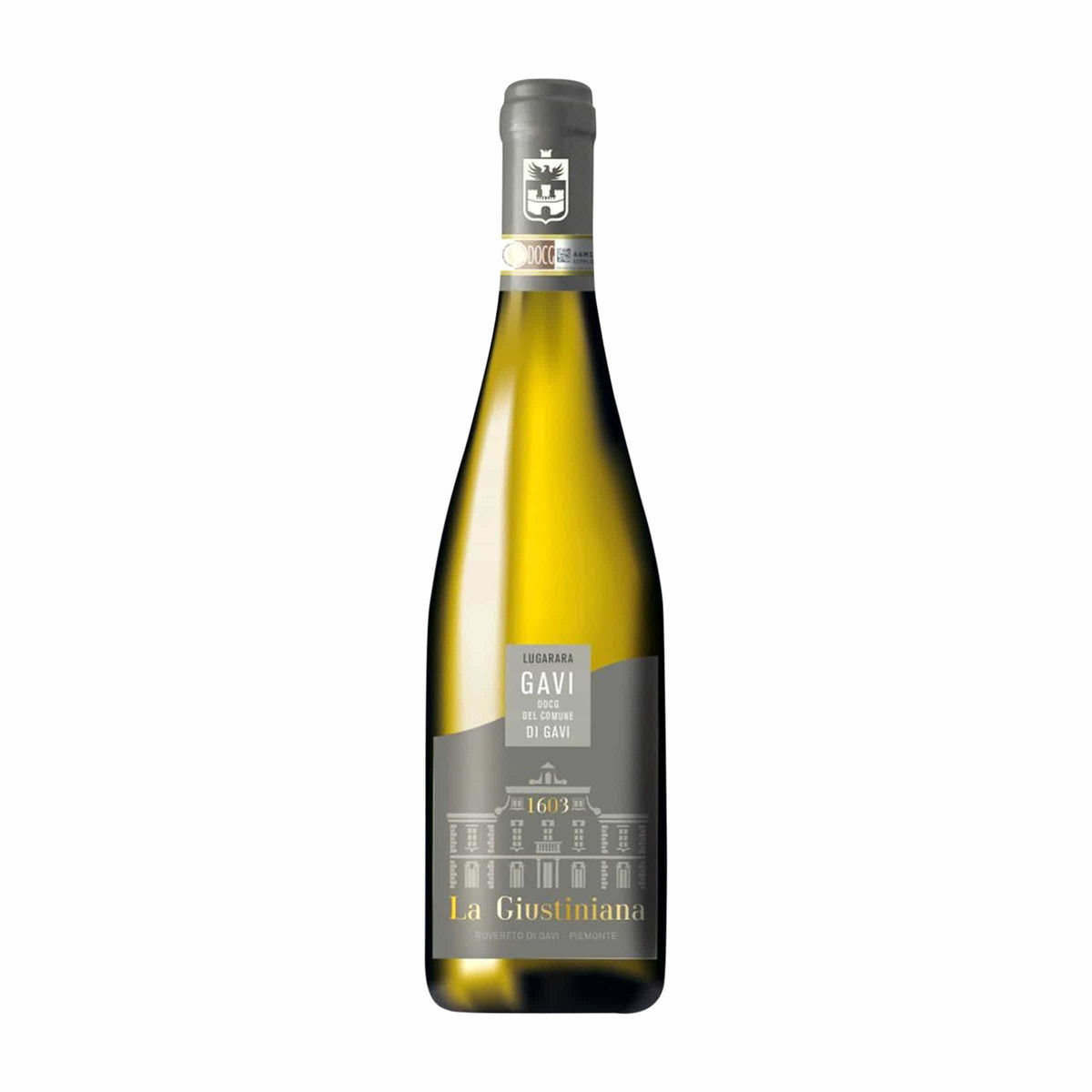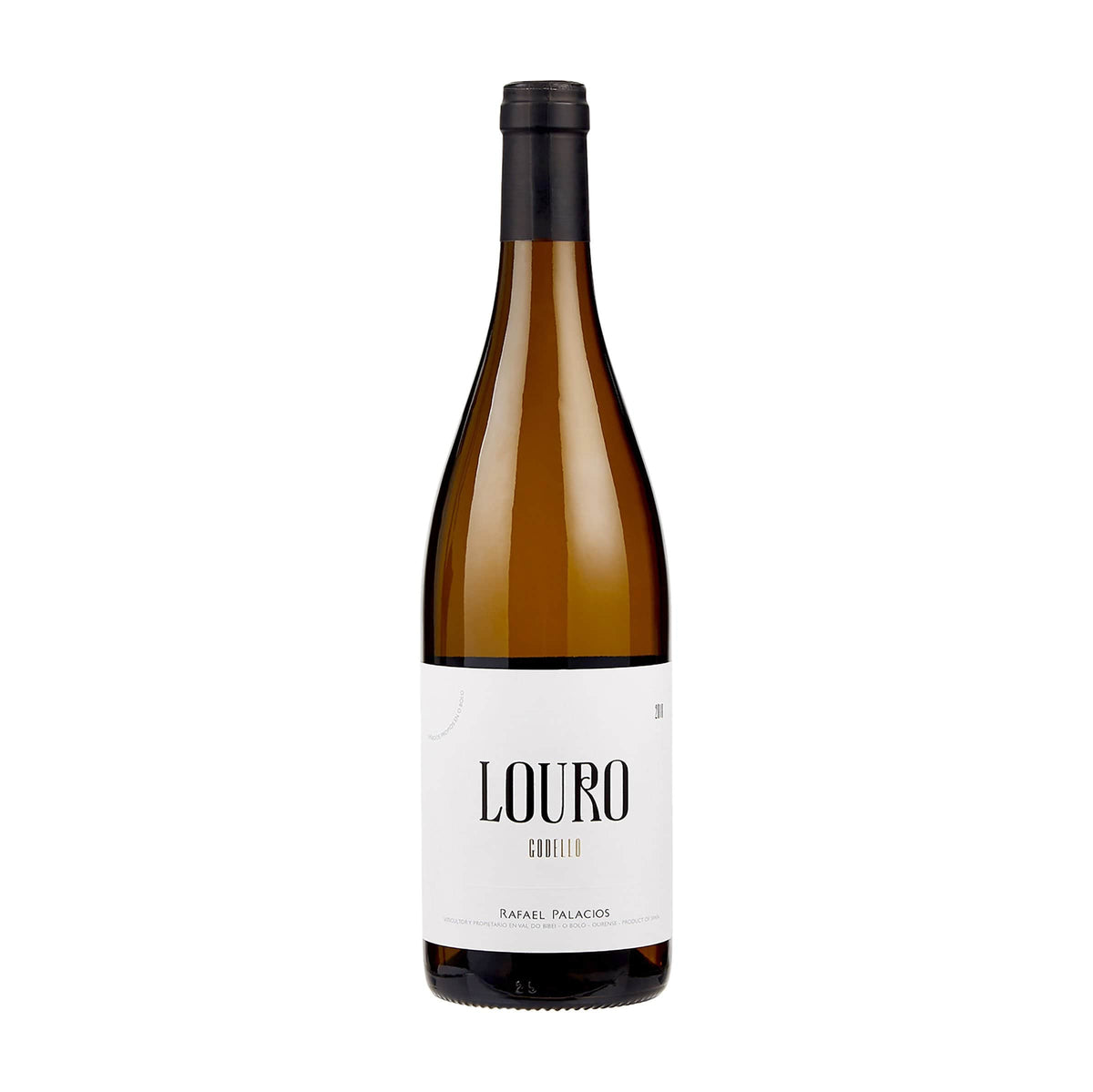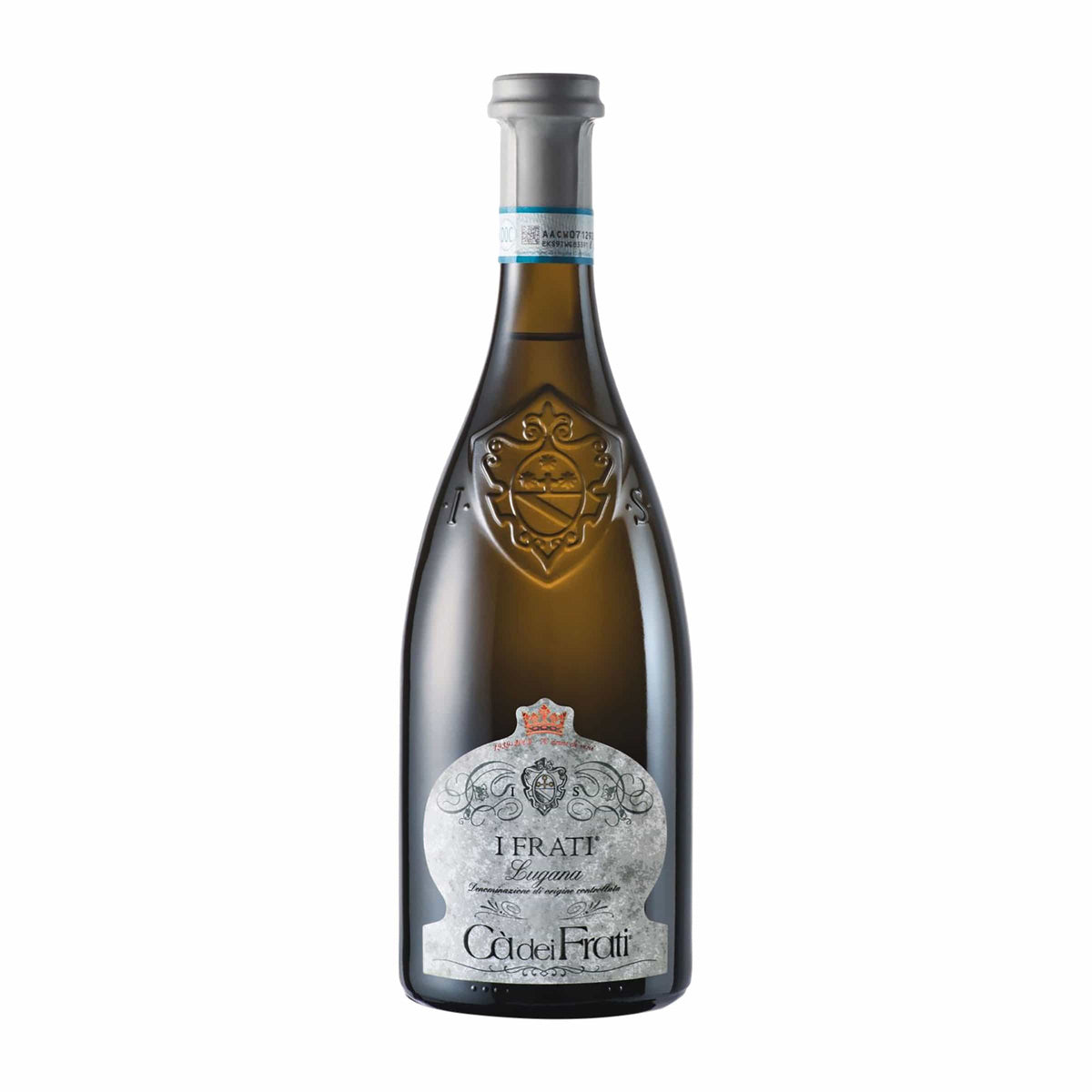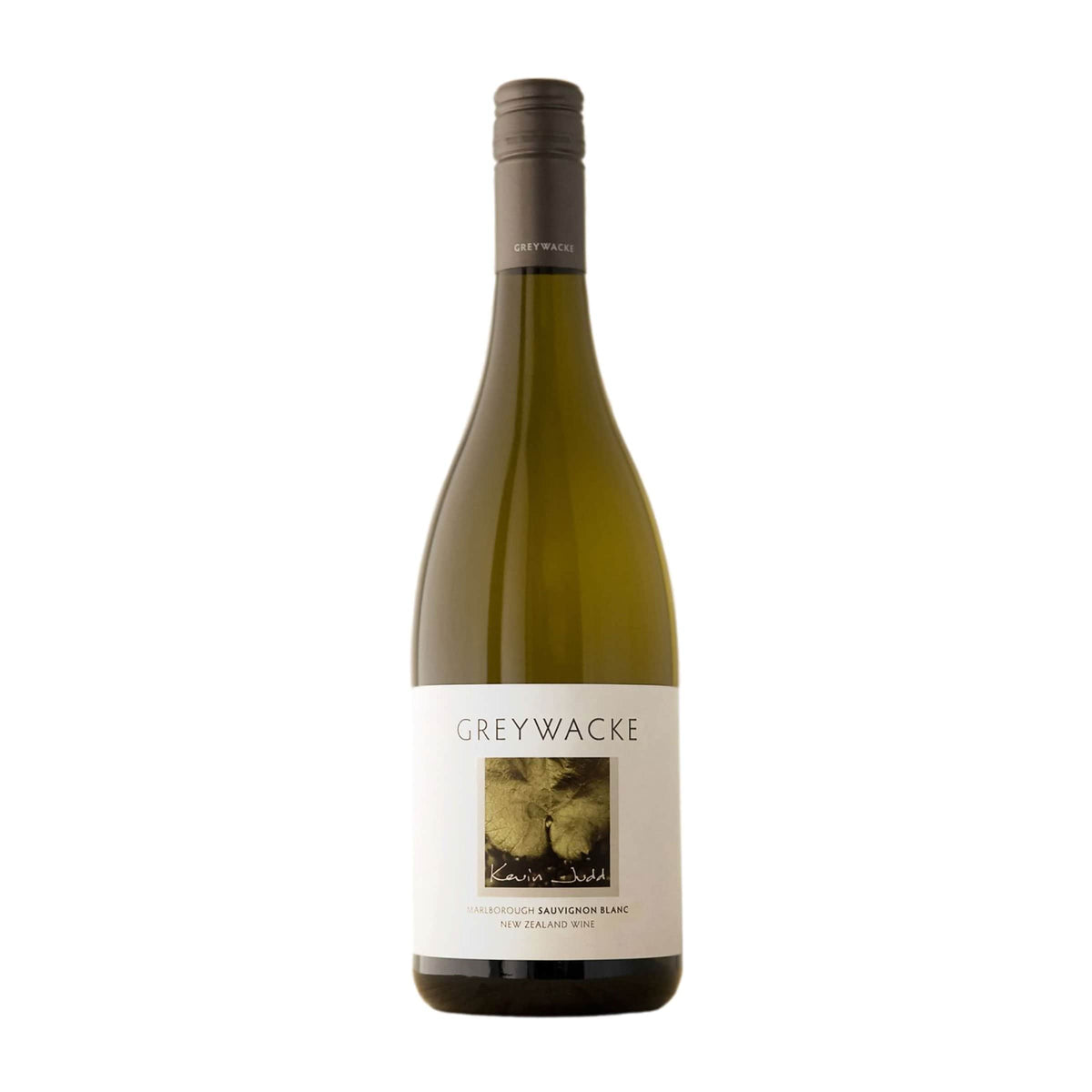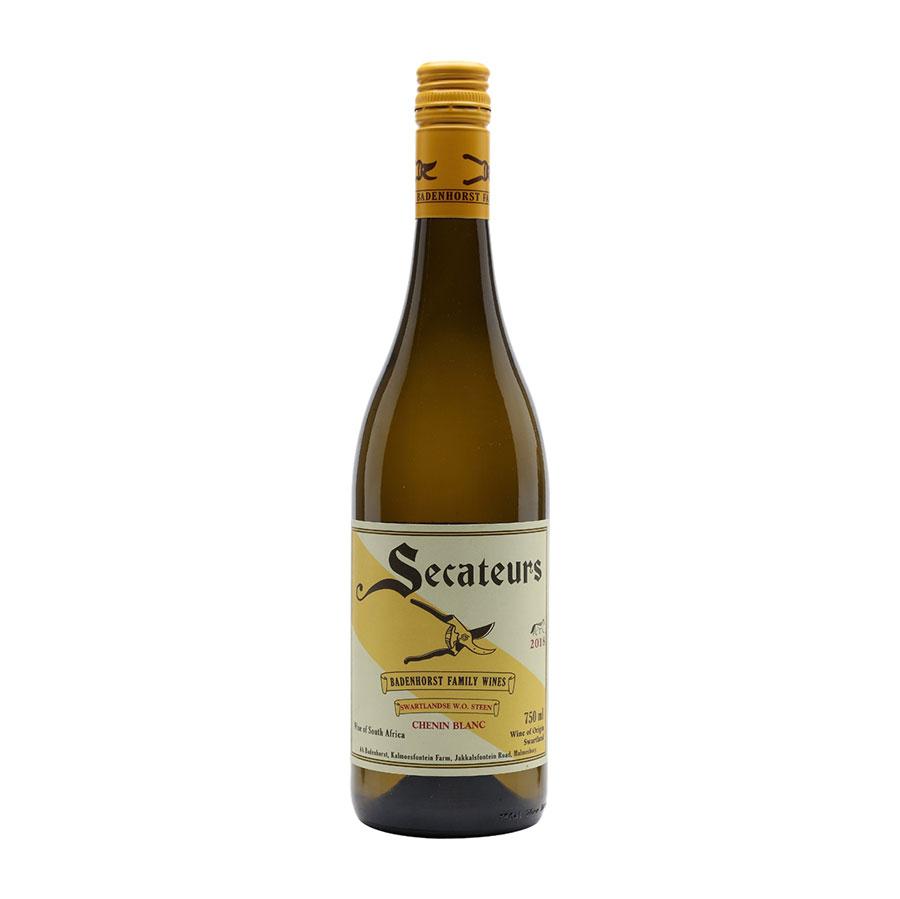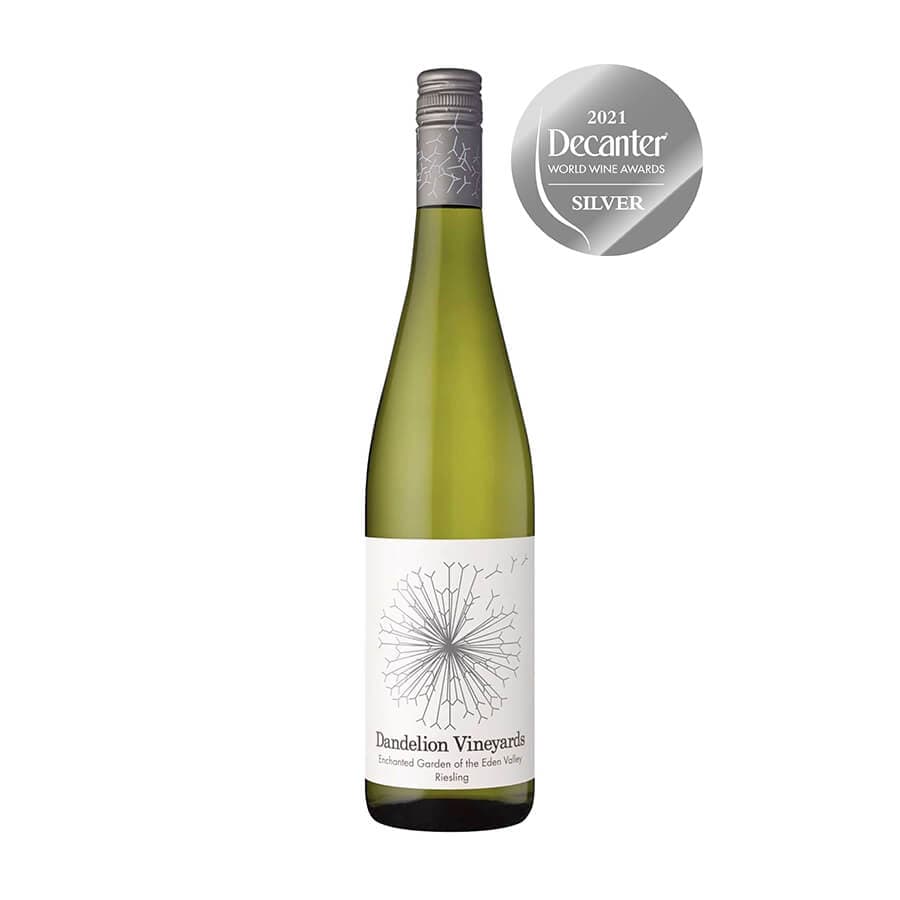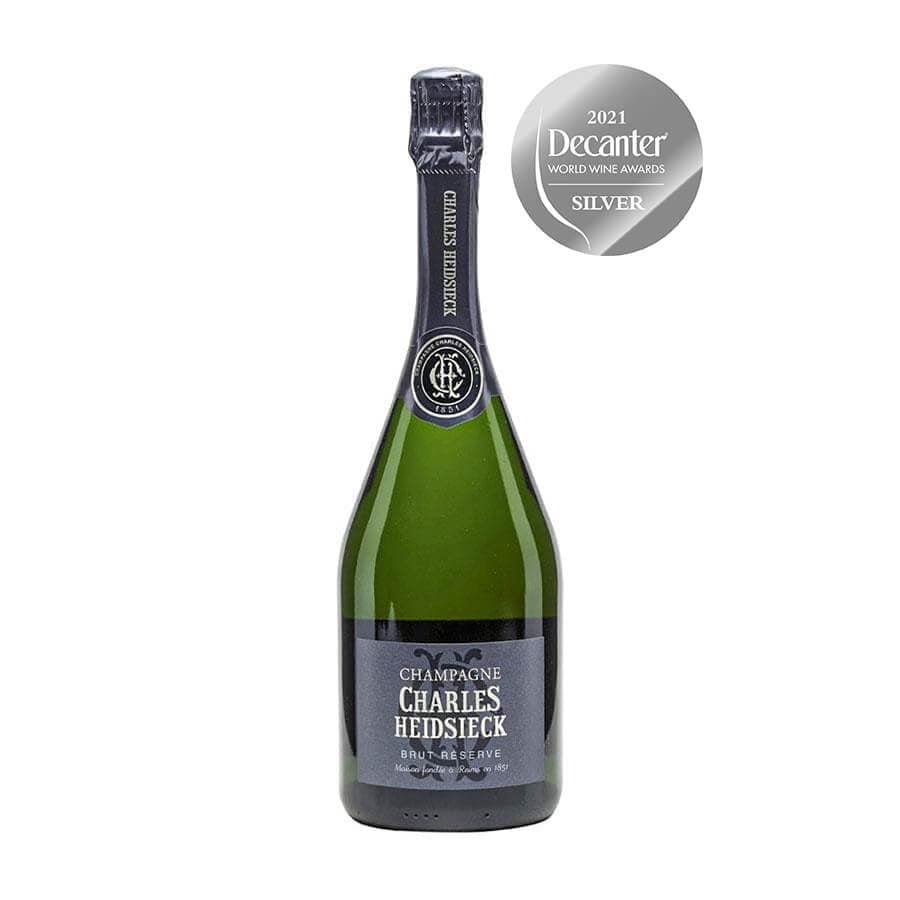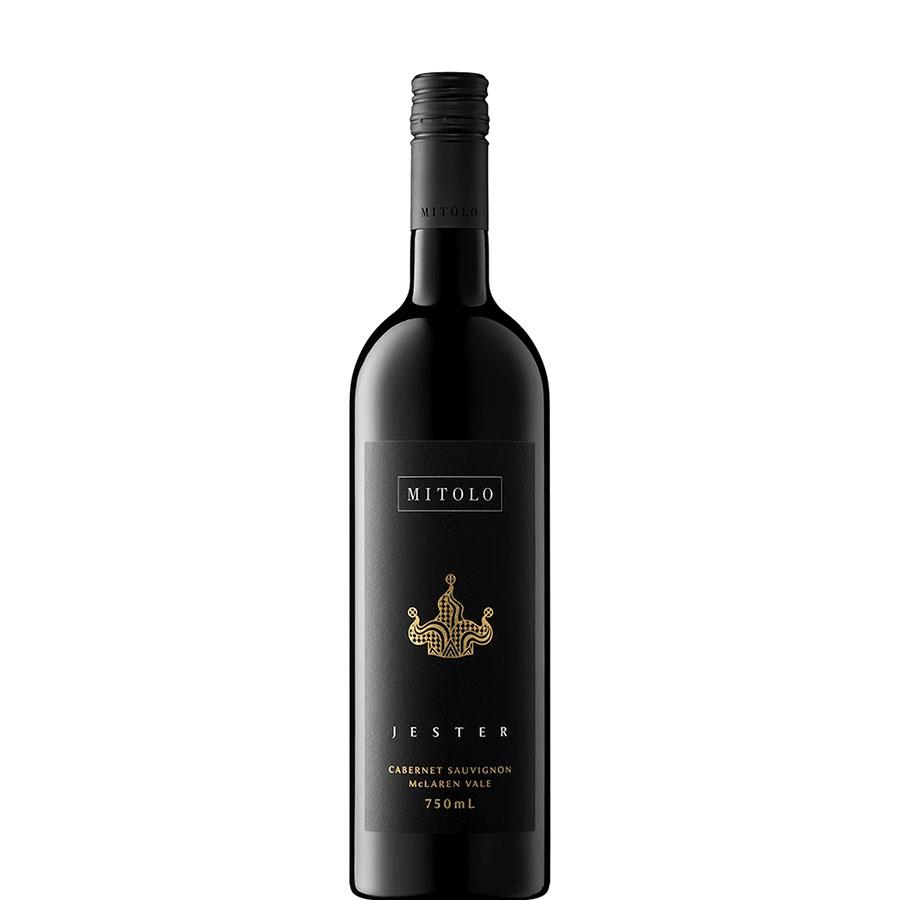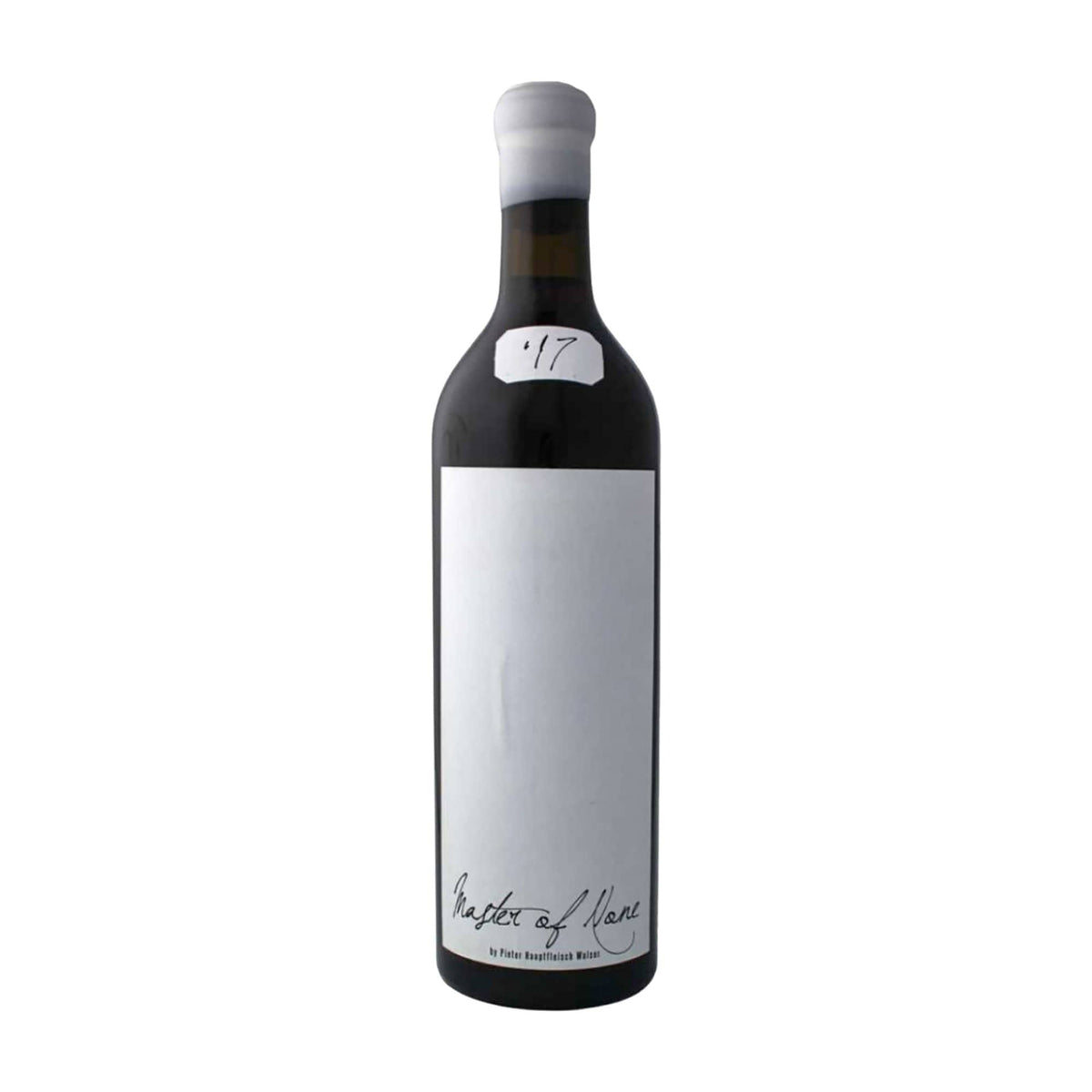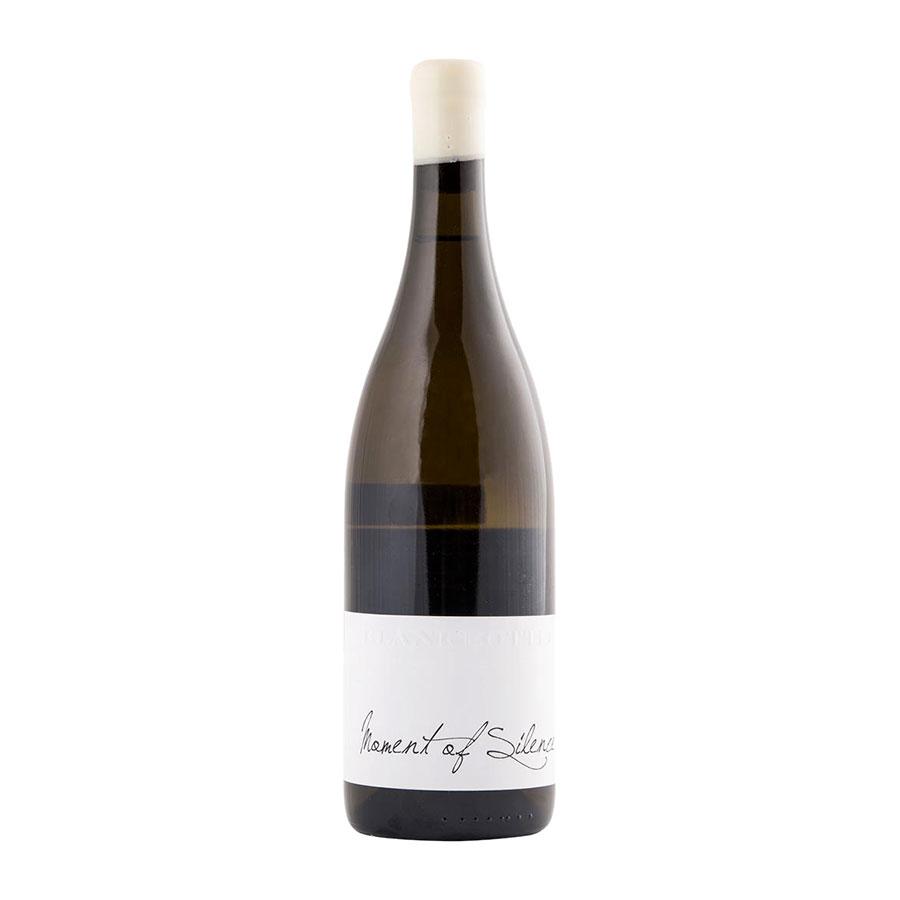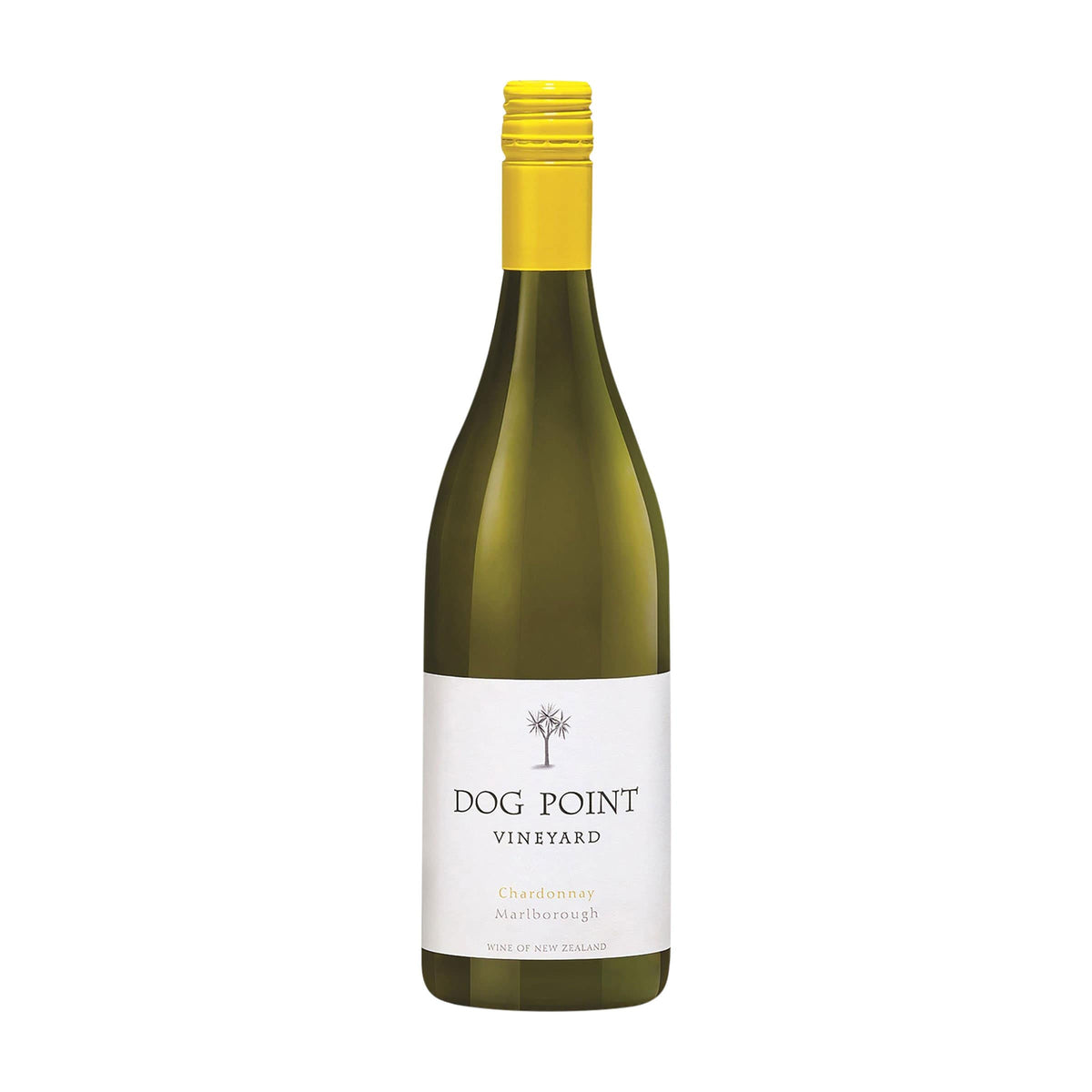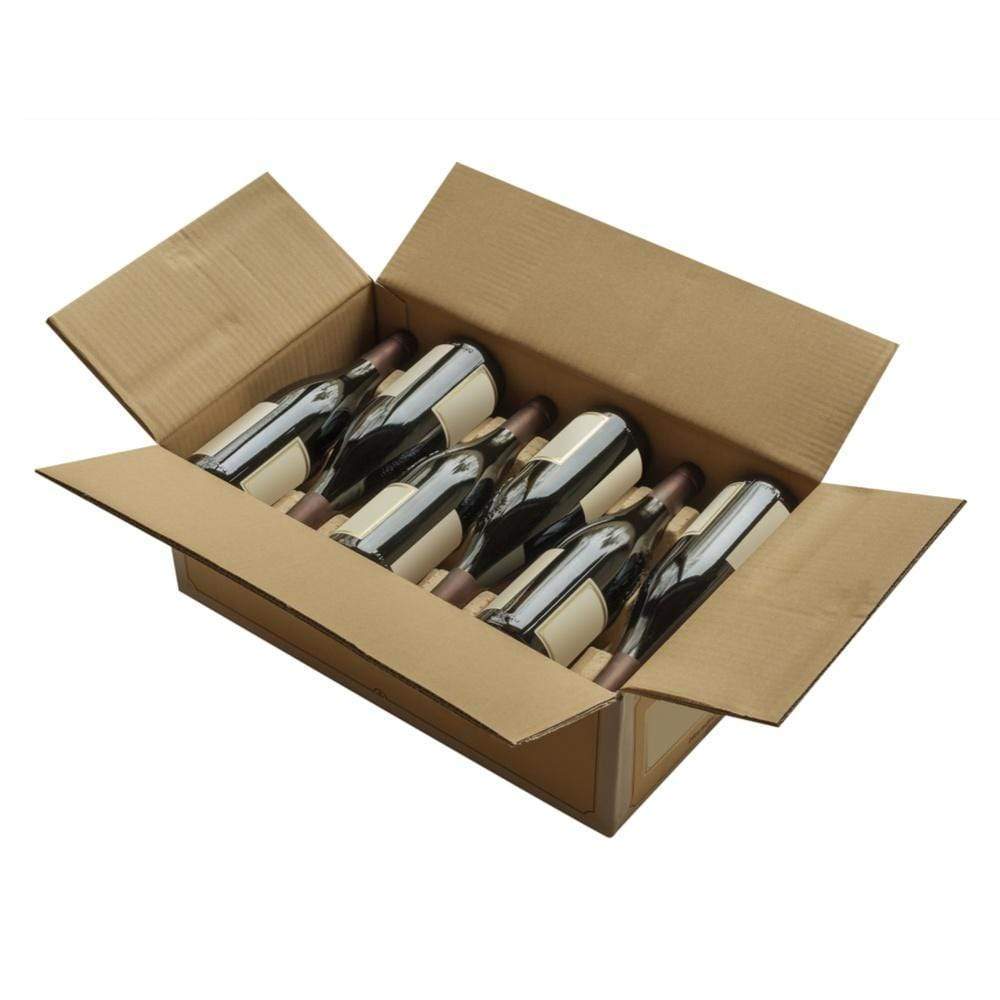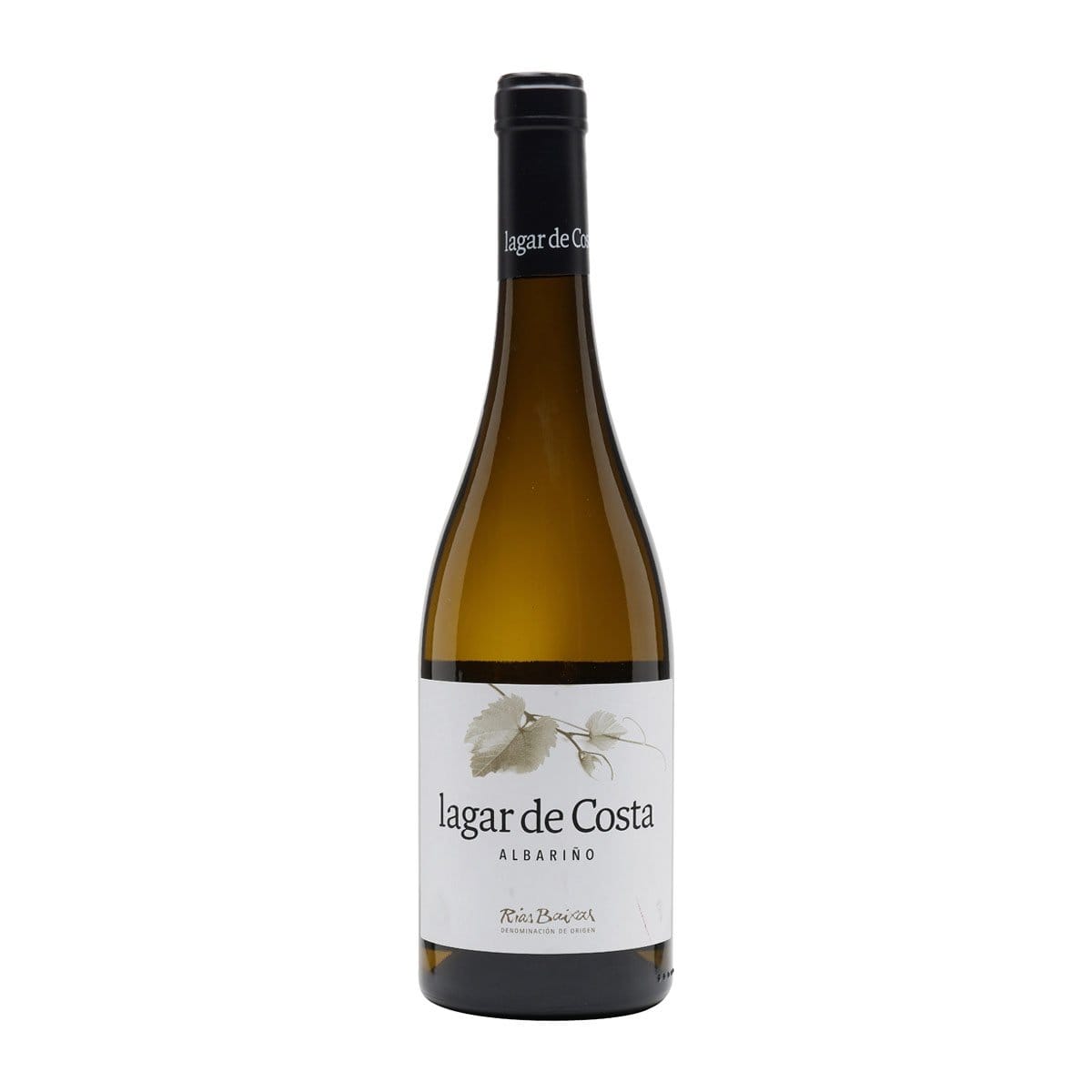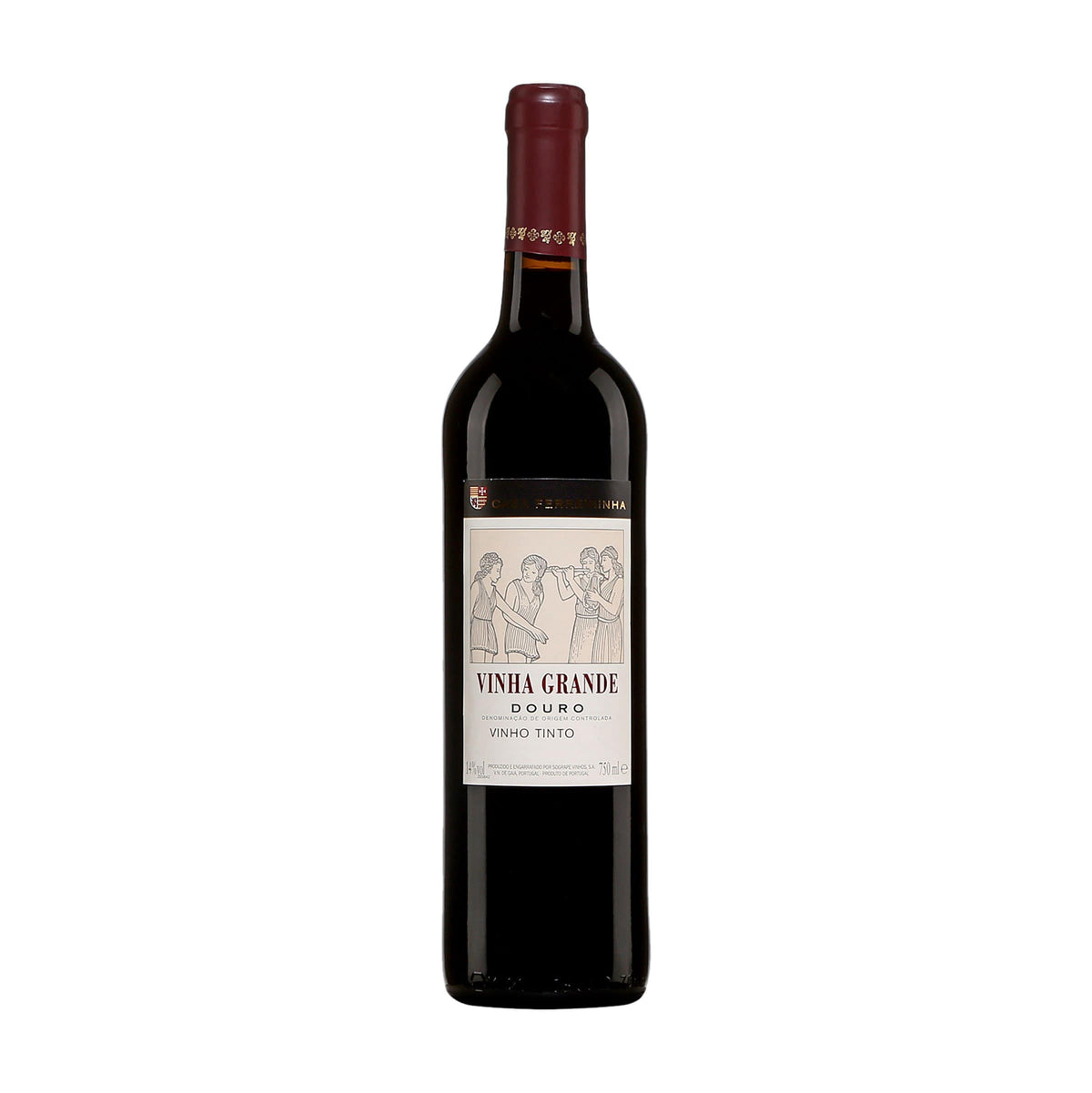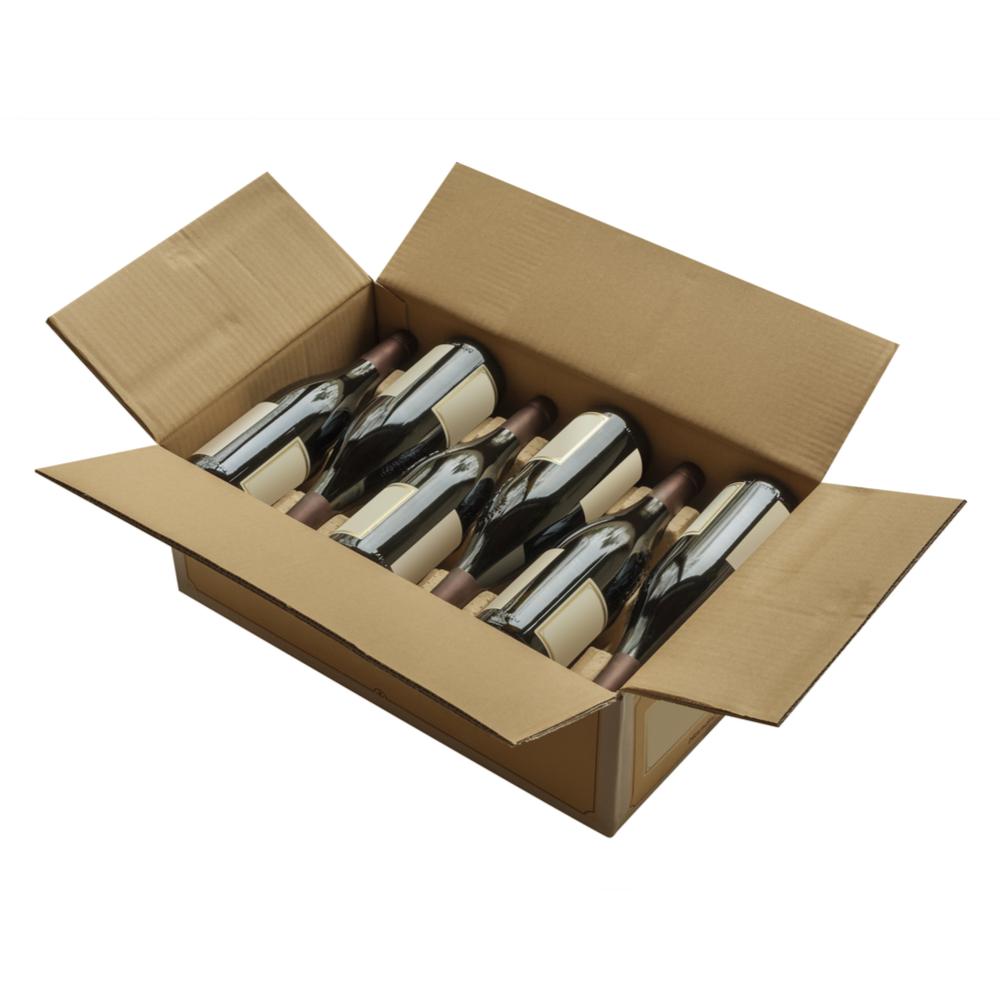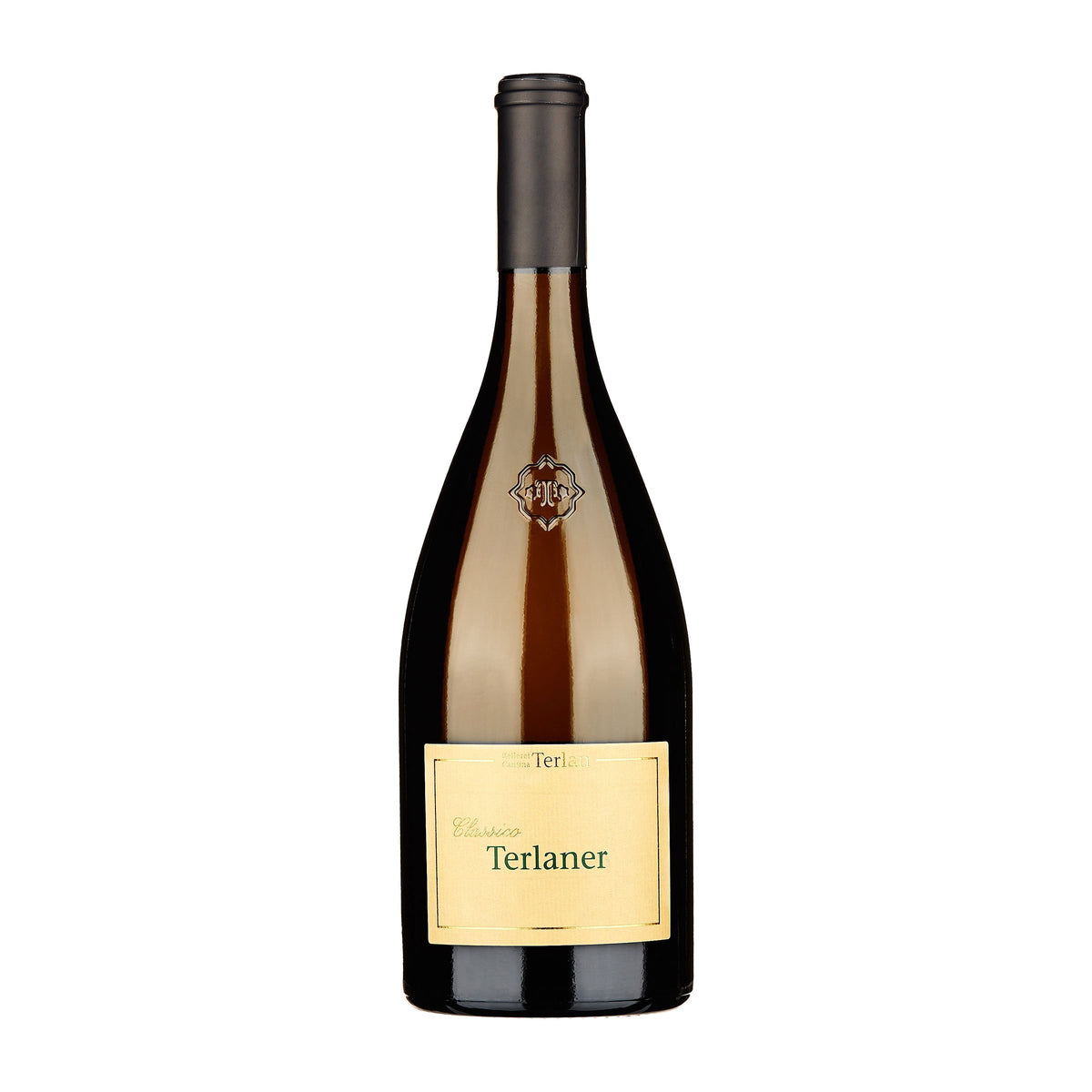Your Cart is Empty
FREE NEXT DAY DELIVERY ON ORDERS OVER £100 PLACED BY 12PM
FREE NEXT DAY DELIVERY ON ORDERS OVER £100 PLACED BY 12PM
All
Spirits
Country
France Regions
- Bordeaux(13)
- Burgundy(29)
- Champagne(28)
- Regional France(29)
Bordeaux Regions
- Margaux(5)
- St Estèphe(1)
- St Julien(1)
Burgundy Regions
- Beaujolais(2)
- Chablis(3)
- Mâconnais(3)
- St Aubin(2)
Côte de Beaune Regions
- Pommard(1)
Côte de Nuits Regions
Regional France Regions
- Languedoc(6)
- Loire Valley(5)
- Provence(9)
- Roussillon(2)
- Savoie(1)
Loire Valley Regions
- Sancerre(1)
Spain Regions
USA Regions
- California(19)
- Oregon(1)
California Regions
- Mendocino(3)
- Napa Valley(4)
- Paso Robles(1)
- Sonoma(4)
Napa Valley Regions
Mendocino Regions
Sonoma Regions
- Sonoma Coast(1)
Germany Regions
- Mosel(1)
- Rheinhessen(3)
Australia Regions
- South Australia(20)
- Tasmania(1)
- Victoria(3)
Victoria Regions
- Geelong(1)
- Yarra Valley(1)
New South Wales Regions
South Australia Regions
- Clare Valley(2)
- Mclaren Vale(1)
New Zealand Regions
- Auckland(1)
- Hawkes Bay(2)
- Marlborough(7)
Portugal Regions
- Dao(1)
- Douro(6)
- Vinho Verde(2)
South Africa Regions
- Cape South Coast(17)
- Coastal Region(19)
Cape South Coast Regions
- Elgin(1)
- Walker Bay(12)
Coastal Region Regions
- Darling(2)
- Franschhoek(2)
- Stellenbosch(15)
- Swartland(16)
- Wellington(2)
Italy Regions
Veneto Regions
- Soave(3)
- Valpolicella(4)
Piedmont Regions
- Barolo(6)
- Carema(1)
- Gavi Di Gavi(1)
Argentina Regions
- Mendoza(1)
Grape Variety
- Aglianico(1)
- Assyrtiko(1)
- Barbera(4)
- Cabernet Franc(20)
- Carignan(3)
- Carmenere(1)
- Catarratto(1)
- Chardonnay(77)
- Chenin Blanc(12)
- Cinsault(15)
- Cortese(1)
- Corvina(4)
- Corvinone(2)
- Dolcetto(1)
- Gamay(2)
- Garganega(4)
- Garnacha(10)
- Glera(2)
- Godello(1)
- Graciano(1)
- Grechetto(1)
- Greco Bianco(1)
- Grenache(33)
- Grillo(2)
- Loureiro(1)
- Macabeo(4)
- Malbec(5)
- Mataro(1)
- Mazuelo(5)
- Merlot(28)
- Monastrell(4)
- Moscato(2)
- Nebbiolo(8)
- Negroamaro(1)
- Nero d'Avola(1)
- Palomino(2)
- Pecorino(1)
- Petit Verdot(9)
- Pinot Bianco(3)
- Pinot Blanc(3)
- Pinot Grigio(1)
- Pinot Meunier(13)
- Pinot Noir(53)
- PX(1)
- Riesling(11)
- Rondinella(3)
- Roussanne(3)
- Sangiovese(8)
- Sauvignon Blanc(16)
- Semillon(8)
- Sumoll(1)
- Syrah Shiraz(37)
- Tempranillo(11)
- Torrontes(1)
- Vermentino(5)
- Viognier(12)
- Xarel Lo(2)
- Zibbibo(1)
- Zinfandel(2)
Feature
- Vegetarian(116)
- Vegan(131)
- Natural(15)
- Organic(38)
- Biodynamic(22)
- Gluten Free(57)
Price
- Under £15(44)
- £15 to £30(144)
- £30 to £50(132)
- £50 to £100(94)
- Over £100(76)
Type
- Red Wine(157)
- White Wine(132)
- Sparkling(4)
- Fortified(8)
- Mixed Case(19)
- Spirits(29)
- Beer(8)
- Accessories(6)
- Gift Cards(1)
- Case Offers(4)
- Cigars(8)
- Food(6)
- Miniature(3)
- Packaging(6)
- Gift Box(13)
- General(5)
Glassware & Accessories
- Glassware(6)
- Accessories(6)
- Corkcicle(1)
Cigar Strength
Heading
Load More Products
